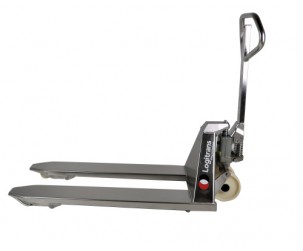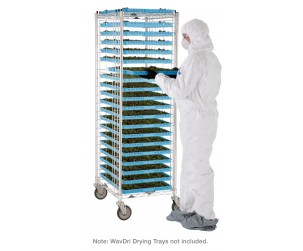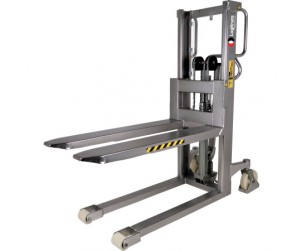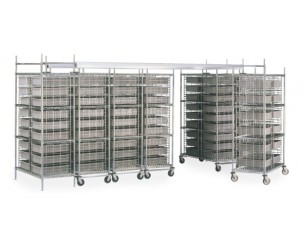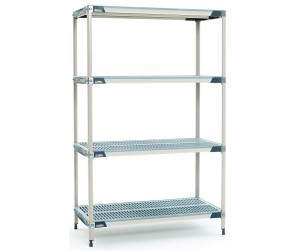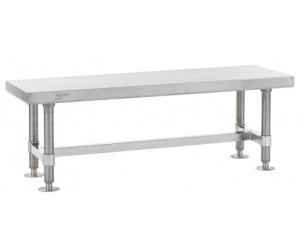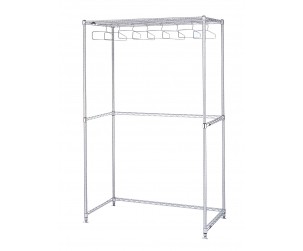Cleanroom Equipment

Cleanroom equipment is essential in environments where particulate contamination can adversely affect the manufacturing process, product integrity, or research outcomes.
The benefits of using cleanroom equipment include:
♦ Contamination Control: The primary function of cleanroom equipment is to control particulate and microbial contamination. This is crucial in semiconductor manufacturing, pharmaceuticals, biotech, and scientific research, where even minute contamination can have significant impacts.
♦ Improved Product Quality: By maintaining a contaminant-free environment, cleanroom equipment ensures the high quality and reliability of products, particularly in sensitive industries such as electronics, pharmaceuticals, and medical device manufacturing.
♦ Compliance with Standards and Regulations: Many industries are subject to strict regulatory requirements regarding contamination control. Using appropriate cleanroom equipment helps companies comply with these standards, avoid fines, and maintain their market reputation.
♦ Enhanced Process Reliability and Consistency: A controlled environment minimizes the variables affecting manufacturing processes, leading to greater consistency and reliability in production outcomes.
♦ Protection of Personnel: Besides protecting products and processes, cleanroom equipment often includes features designed to protect personnel from hazardous substances or environments, particularly in pharmaceutical and chemical industries.
♦ Reduction of Product Waste and Rework: By minimizing contamination, cleanrooms help reduce product defects, waste, and the need for rework, which can be costly and time-consuming.
♦ Increased Efficiency: Cleanrooms are designed for maximum efficiency in workflows and processes. The layout and design of equipment and furniture are optimized for productivity and ease of use in a contamination-controlled environment.
♦ Technology Advancement: Cleanroom equipment often incorporates advanced technologies for monitoring and controlling environmental conditions, which can lead to innovations and improvements in various fields of science and engineering.
♦ Market Expansion: The ability to control contamination opens up new market opportunities, particularly in fields requiring high purity and quality standards, like nanotechnology and aerospace.
♦ Long-Term Cost Savings: Although the initial setup and maintenance of cleanroom equipment can be costly, the long-term savings from reduced contamination, fewer product failures, and compliance with regulatory standards can be substantial.
In summary, cleanroom equipment is essential in maintaining the integrity of processes and products in industries where contamination control is critical. Its benefits extend beyond meeting cleanliness standards, impacting product quality, process reliability, safety, and overall operational efficiency.
Always follow the manufacturer's instructions and safety guidelines when using this product. Following the manufacturer's guidelines is generally a good idea when using any product or equipment. Still, it's also essential to use your judgment and seek expert advice when necessary. Specifications are subject to change without notice.

